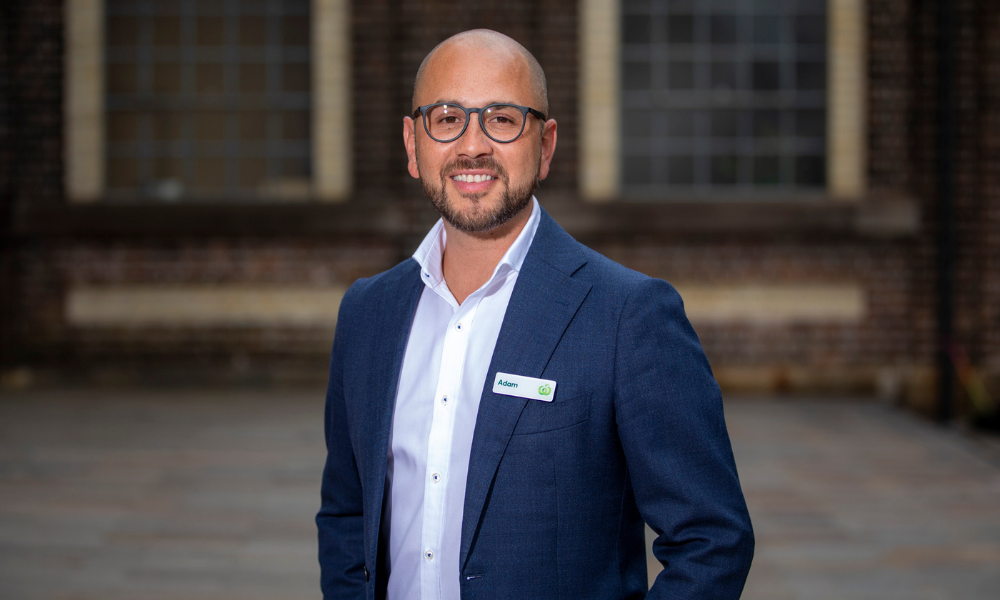
'At its heart, it's talking about the unfinished business of this country’

In June, Woolworths unveiled its new Reconciliation Action Plan (RAP), which outlines its commitments to First Nations employees, communities and businesses over the next two years.
Among its goals is increasing its First Nations workforce, investing more into Indigenous suppliers and having all its senior leaders complete reconciliation training.
As one of the largest retailers in Australia, Woolworths employs more than 185,000 workers, including more than 4,500 First Nations staff. So what steps will the company be taking to ensure it meets its goals in the RAP?
Increasing its Indigenous workforce
One of Woolworths’ key objectives is to increase First Nations representation in its workforce from 2.6% to at least 3.2% by 2025. This is to be in line with Australia’s Aboriginal and Torres Strait Islander population in the 2021 census.
Currently, Woolworths’ workforce comprises of more than 185,000 workers, including more than 4,500 First Nations staff. That’s approximately 2.8% of the total workforce according to Adam Bray, general manager of Indigenous strategy and affairs, Woolworths Group. He highlighted that the work the company is doing now is not just about focusing on numbers but on what he calls “rebuilding the base”.
“Rebuilding the base allows us to not just focus on the number but also to understand what is the experience of our Indigenous team members and how do we genuinely understand that experience…so that we're able to attract more Indigenous people to this place,” he said.
“We're able to retain them and grow and develop them so that Indigenous people, just like everyone else here, feel a true sense of belonging. And ultimately can see themselves in leadership positions and that is a tangible outcome that we're seeking to see as a result of our efforts in the space.”
Woolworths’ RAP highlights how the company wants to “improve employment outcomes by increasing Aboriginal and Torres Islander recruitment, retention and professionally development.”
This will be done in a variety of ways, from reviewing recruitment procedures to remove barriers to Aboriginal and Torres Strait Islander participation in the company; continuing advertising job vacancies that effectively reach Indigenous communities and regularly consulting with the First Nations Advisory Board and Indigenous team members on the direction of its recruitment, retention and professional development plans.
When offering advice on how businesses can employ more Indigenous staff, Bray said one of the most important things you can do is “allow yourself to be vulnerable”.
“If you understand consistently the reports by Reconciliation Australia and the Diversity Council, most Australians state that they have never met an Indigenous person in their life,” he said.
“Therefore, from a relationship standpoint, the majority of Australians will start from an unknown position. And so I think it's critical for leaders to acknowledge that in the first instance, as to where they're at in the journey.
“And importantly, then allow themselves the space and the time to engage respectfully and meaningfully to help build up that knowledge and awareness and confidence, which will only then help unlock the opportunities in conjunction with diversity.”
Setting Woolworths up for the future
When embarking on the objectives of RAP, Bray admitted that there are “numerous challenges” that come with it. But the company doesn’t shy away from them.
“We are complex but we don't use that as an excuse, we're conscious of it,” he said. “We factor that in our thinking and so very deliberately, what we've tried to do…rather than trying to set an overly ambitious agenda, what we've tried to focus on is a good degree of ambition and stretch.”
With Woolworths set it celebrate its 100-year anniversary in 2024, Bray said the RAP presented a significant opportunity for future generations.
“What we know is, the 100-year mark from there on, this is a really unique opportunity to say ‘how do we set ourselves up, not just for the next two years or three years as its indicated in the RAP?’,” he said. “But importantly that intergenerational change we seek to see and influence in the culture of the organisation, and the way that we work amongst ourselves.”
More than 2,400 organisations have a RAP, according to Reconciliation Australia. These are meaningful actions organisations take to advance reconciliation and are based around the pillars of respect, opportunities and relationships.
Woolworths plans to honour the commitments in its RAP, with Bray saying that it’s “the minimum standard”. But he mentioned another key goal of its RAP.
“Ultimately, I think it's about Woolworths role modelling the way in which either organisations, leaders or individuals can face into that discomfort that most Australians face when it comes to reconciliation” he said. “Because at its heart, it's talking about both the unfinished business of this country and the hard work that needs to be done but important work to help address that.”